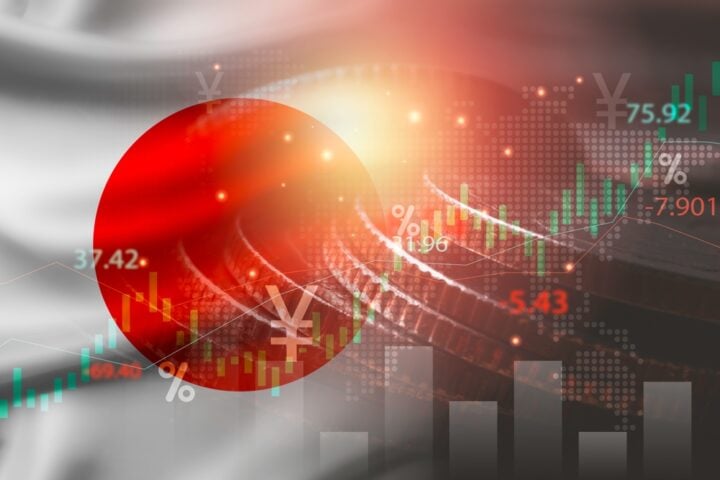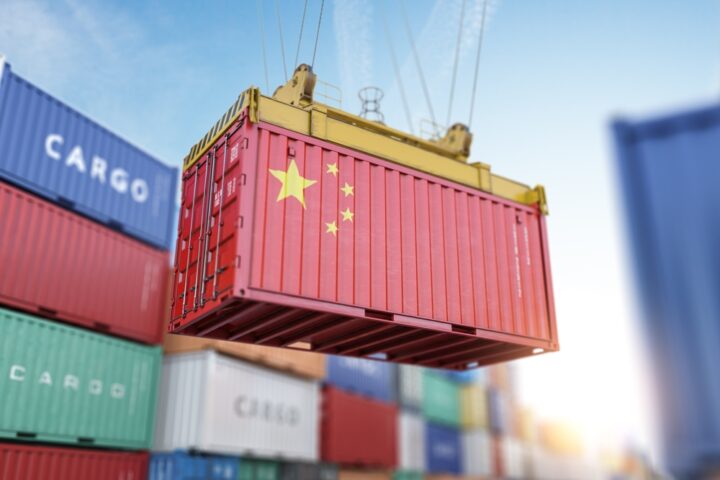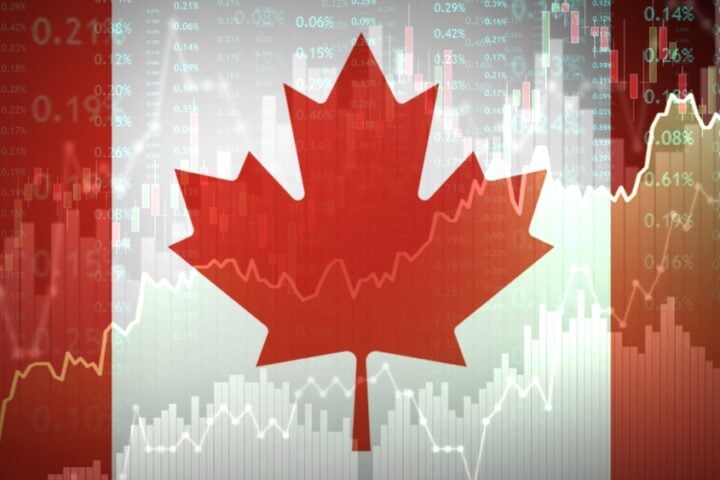China’s industrial sector faced another challenging month in October, with profits falling 10% year-on-year, marking the third consecutive month of declines. The steep drop underscores the limited impact of Beijing’s recent stimulus measures on reversing the economic downturn.
Declining Profits: A Key Indicator
October’s decline follows an even sharper 27.1% plunge in September, the worst since March 2020. For the first ten months of 2024, profits at industrial firms fell 4.3% compared to the same period last year, deepening from the 3.5% decline through September, according to the National Bureau of Statistics (NBS).
Industrial profits serve as a crucial gauge of the financial health of China’s factories, mines, and utilities, which form the backbone of the nation’s economy.
Signs of Stabilization
While the overall profit decline continued, the NBS noted some improvement in October due to Beijing’s stimulus efforts.
- High-tech and equipment manufacturing showed better profitability, bolstered by targeted support.
- The pace of decline in profits slowed, reflecting what NBS statistician Yu Weining described as a gradual stabilization in economic conditions.
“The deceleration in the decline of industrial profits reflects a gradual stabilizing of Chinese economic conditions, albeit at a low base,” said Eugene Hsiao, head of China equity strategy at Macquarie Capital. He attributed part of the improvement to exporters rushing shipments to the U.S. ahead of anticipated higher tariffs.
Sector-Specific Performance
- State-owned enterprises: Profits fell 8.2% year-to-date through October.
- Private firms: Declines were smaller, at 1.3%.
- Foreign-invested firms: Marginal growth of 0.9%, driven by investments from Hong Kong, Macao, and Taiwan.
Persistent Deflationary Pressures
Economic data reveals ongoing deflationary trends, a critical challenge for China’s recovery:
- Consumer Price Index (CPI): Rose just 0.3% year-on-year in October, marking the slowest increase since June.
- Producer Price Index (PPI): Fell 2.9%, signaling deeper deflation compared to the previous month’s 2.8% decline.
Real estate continues to be a drag, with fixed asset investment in the sector declining by 10.3% year-to-date, compared to a 10.1% drop in September.
Bright Spots in the Economy
Despite the challenges, there were some positive indicators:
- Retail sales: Surpassed expectations with a 4.8% year-on-year growth in October.
- Unemployment rate: Dropped slightly to 5%, down from 5.1% in September.
Broader Economic Context
China’s economy grew at its slowest pace in the third quarter since early 2023, weighed down by tepid domestic consumption and a prolonged housing market slump. To counter these pressures, Beijing has accelerated stimulus measures since late September, aiming to meet its 2024 growth target of around 5%.
Upcoming Indicators
Looking ahead, all eyes are on the official Manufacturing Purchasing Managers’ Index (PMI) for November, due for release on Saturday. Economists surveyed by Reuters expect the PMI to slightly increase to 50.3, indicating modest expansion following October’s reading of 50.1.
China’s industrial sector continues to grapple with significant challenges, from weak global demand to domestic economic headwinds. While recent stimulus measures have provided pockets of improvement, a sustained recovery will likely require further fiscal and monetary support.







